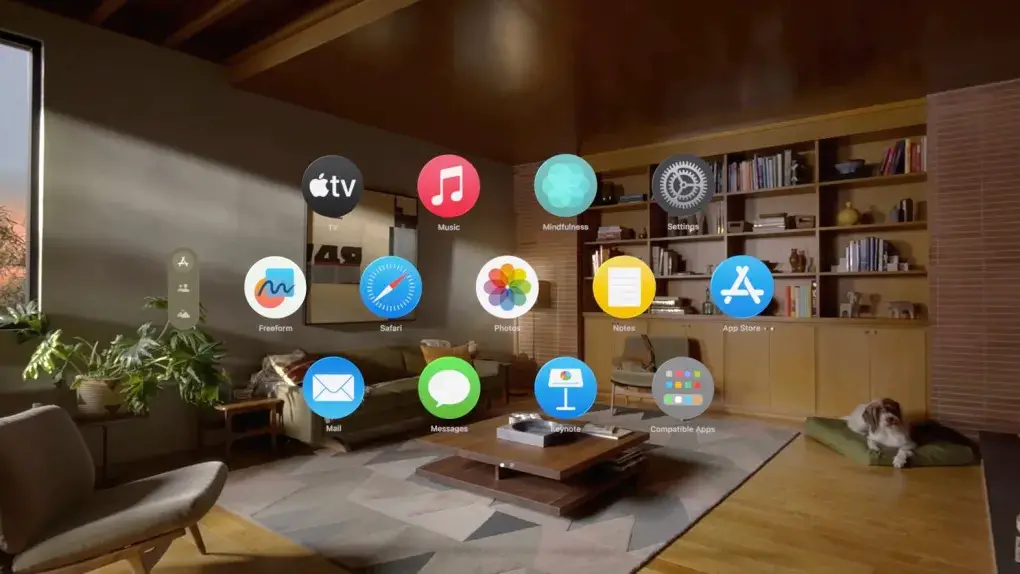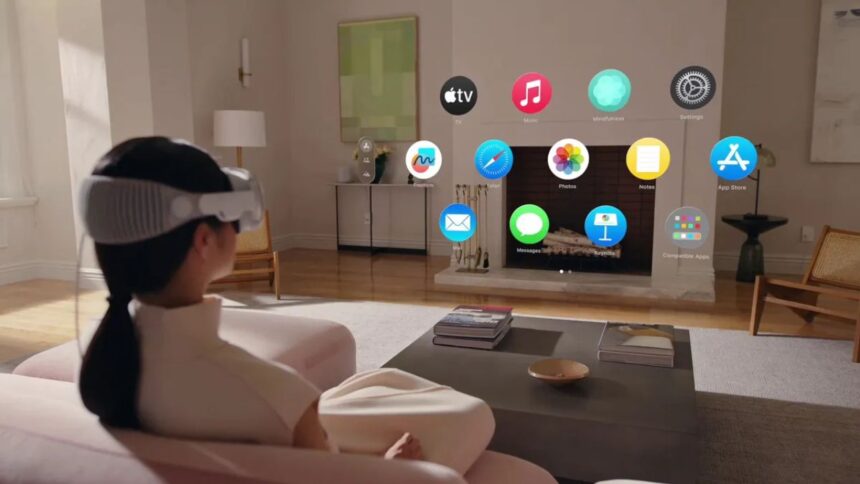The excitement surrounding highly anticipated mixed reality Apple Vision Pro headset has taken a significant hit, with major streaming platforms YouTube, Spotify, and Netflix announcing their decision to refrain from launching dedicated apps for the device upon its release. This unexpected conclusion has raised questions about Vision Pro’s potential viability and spurred a closer look at the current situation of the mixed reality market.
No Major Streaming Apps for Apple Vision Pro at Launch Raises Questions
Notably absent from the Vision Pro platform is YouTube, which has over 2 billion monthly active users and will not offer a standalone app, instead relying on the device’s integrated web browser for content access. Similarly, Spotify, the world’s most popular music streaming service with 433 million paid subscribers, has no imminent plans for a Vision Pro app.
This surprise omission is due to various issues, including doubts about the feasibility of the burgeoning mixed reality business. The reluctance to invest resources in developing apps for a platform with a potentially small user base at launch appears to be a critical factor for these industry behemoths.

Additionally, Apple’s App Store revenue-sharing policies, which take a 30% cut from in-app purchases, could cause controversy. Netflix, already in a fight with Apple over App Store royalties, may prefer to avoid extra controversy.
The lack of specific apps from these prominent players is damaging to Apple Vision Pro. The user experience for viewing video and music material will be less optimum than that of native apps, potentially slowing user adoption and casting doubt on Apple’s ambitious marketing campaign, particularly in the entertainment space.
Despite the immediate uncertainty, there is still some optimism for app creation on the Vision Pro. Smaller app developers and specialist providers may temporarily fill the hole. Furthermore, ongoing conversations between Apple and the absent streaming titans may result in future app launches. The Vision Pro’s success depends on overcoming these initial challenges and building a vibrant app ecosystem.
Overall, the lack of YouTube, Spotify, and Netflix apps on the Apple Vision Pro has hampered the device’s introduction. The complexities of this decision, together with the clear influence on user experience, highlight the inherent hurdles and uncertainties in the emerging mixed reality business.
Only time will tell if Apple can overcome these concerns and incentivize developers to contribute to a thriving app ecosystem as part of its mixed reality initiative. This developing drama serves as a painful reminder of the complexities inherent in managing the changing world of mixed reality technologies.
